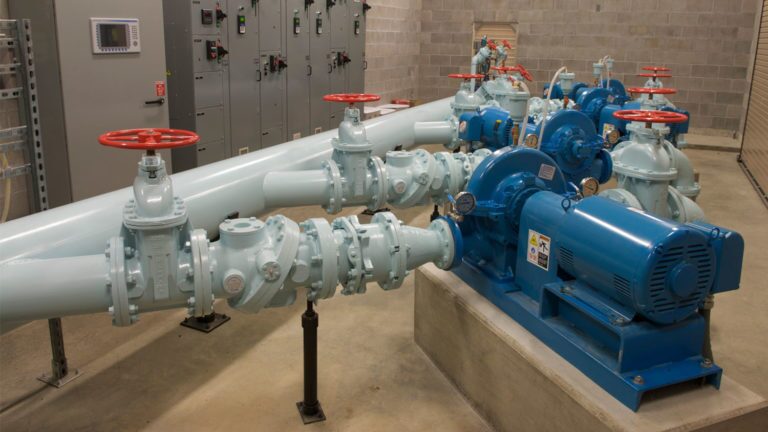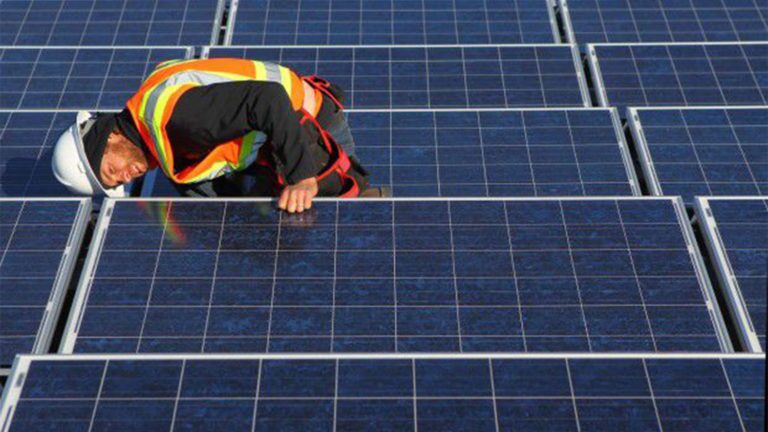Using asset data for condition-based maintenance
Adam Kornak, VP Enterprise of Fluke Digital Systems, and Jason Steblay, product marketing manager of Fluke Digital Systems, dive into the subject of putting asset data to use for condition-based maintenance in this article posted on www.ibm.com.
They discuss how the adoption of IoT has been slow and is still in the early phases—various reasons have contributed to the slow adoption including lack of time, training and systems integration.
But they note that since continuous improvement is a goal for maintenance professionals, maintenance teams look to improve asset value by adopting new technologies such as enterprise asset management (EAM)/computerized maintenance management software (CMMS), thermal imaging cameras and vibration handheld tools and sensors.
Asset managers can use the focus of continuous improvement to introduce technology and get their team on the path to condition-based maintenance (CBM).
Connecting existing maintenance management and asset automation systems is a way to start on this path. IoT technology has made it possible to unlock exiting data.
Building and industrial automation systems that rely on programmable logic controllers (PLCs) connected through a supervisory control and data acquisition (SCADA) network create data points that provide the following insights: cycle counts, runtime hours, fuel consumption, pressure measurements and temperature readings.
This data can be incorporated into Maximo’s condition monitoring module to help move toward CBM and result in optimized maintenance scheduling and savings in time and resources.
Fluke Connect2Assets, formerly SCHAD Automatic Meter Reading, automatically transmits asset data from SCADA/PLC systems to Maximo’s condition monitoring module. Then, asset data can be used to prompt work orders based on existing rules and job plans.
With Fluke Connect2Assets, real-time asset data is incorporated into Maximo workflows by linking it with the underlying equipment it manages. Asset data incorporated into existing workflows can help Maximo users ensure a shift from basic calendar-based to CBM.






